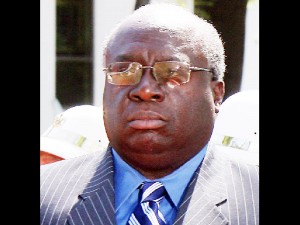Stressing the need to prevent nuclear proliferation and smuggling of radioactive materials worldwide, the United States has set up a $26-million (about P1.1 billion) specialized nuclear radiation detection facility at the Port of Manila, the country’s premier trade gateway.
US Ambassador to the Philippines Harry Thomas Jr. and Science and Technology Secretary Mario Montejo on Tuesday formally inaugurated the facility at the Manila International Container Terminal.
The facility is part of the Megaports Initiative project of the US Department of Energy’s National Nuclear Security Administration.
“This is the first of two facilities that we’ll be doing (in the Philippines). We have provided $26.1 million to this project, which is intended to detect and prevent nuclear and other radioactive materials from leaving the port,” Thomas said.
“The US and the Philippines have a long history of cooperation and shared many bonds and common values. These shared values are shown here today with our mutual commitment to improve security and safety in the maritime shipping industry,” he said.
No replacement
But he noted that while the equipment can detect nuclear radiation, it did not replace the experience and instincts of Philippine personnel.
“The only way that can make this complex system fully effective is to rely on the expertise of their Philippine operators,” Thomas said.
Alumanda de la Rosa, director of the Philippine Nuclear Research Institute, a DOST-attached agency, cited the Megaports Initiative for meeting a variety of goals.
De la Rosa recalled that during the nuclear power plant crisis in northeastern Japan early this year, the radiation portal monitors installed at the Port of Manila were used to screen incoming food shipments to ensure consumer safety.
According to a project paper from the US Embassy, the goal of the facility is to “scan as much container traffic as possible, including imports, exports and transshipped containers, regardless of destination and with minimal impact to port operations.”
